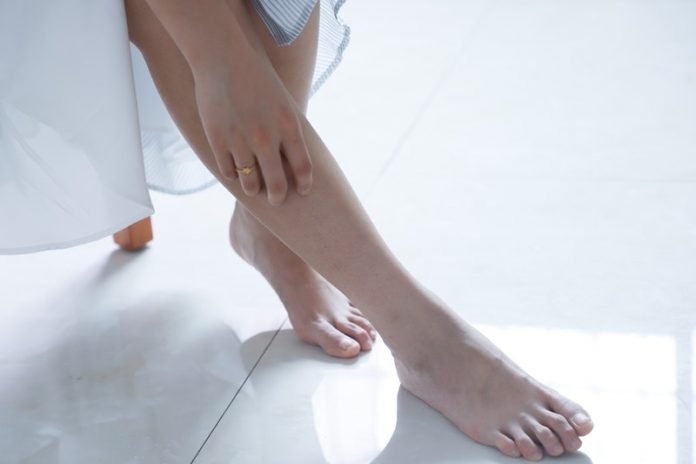
Diabetic foot ulcers are caused by restricted blood flow and damaging nerves. The wounds would often resist traditional antibiotics and refuse to heal.
In many cases, infection would spread to the bone and become life-threatening. It is the leading cause of lower-extremity amputations not linked to traumatic injury.
In 2018, diabetic ulcers resulted in roughly 140,000 amputations in the U.S.
Recently, researchers have discovered why diabetic foot ulcers are hard to be treated with antibiotics and have developed new methods to treat the disease.
The research was done by a team from Montana State University and other institutes.
The team focused on bacteria called biofilm involved in diabetic foot ulcers.
Biofilms are known to be uniquely adapted to resisting medical treatment because they form interacting layers, with some bacteria acting as a shield for others.
Previous research has analyzed bacteria sampled from diabetic ulcers and similar infected wounds and found that the majority of these chronic wounds had biofilm in them.
The researchers of the current study examined new treatment methods.
One method is called debridement. It involves removing larger areas of tissue from around the wound, a more drastic approach that pays off in long-term recovery.
The practice has been recommended as one of the best ways to treat chronic wounds by an international expert panel.
The healing outcomes from the new method have increased dramatically.
The team also helps develop medical products specifically designed to treat biofilm infections, including antimicrobial ointments that are more effective at penetrating and treating biofilms.
The researchers say that there’s a lot of work yet to be done to improve the treatment of chronic wounds.
The study was presented at the annual Montana Biofilm Meeting.
Copyright © 2019 Knowridge Science Report. All rights reserved.



